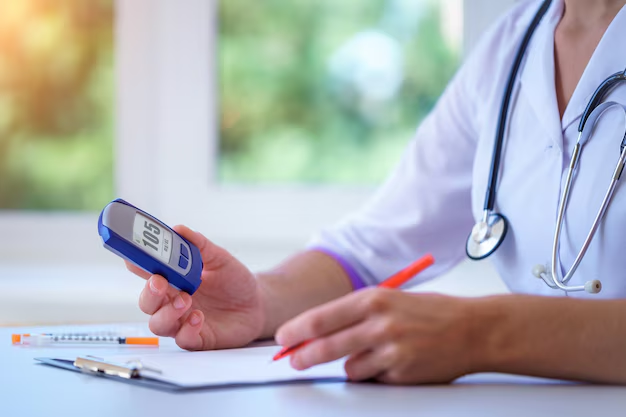Can You Really Have Both Type 1 and Type 2 Diabetes?
When it comes to diabetes, it's natural to be curious about the possibility of having both Type 1 and Type 2 simultaneously. It's a complex question, but understanding the underlying science can demystify it. Type 1 diabetes, an autoimmune condition, occurs when the body's immune system mistakenly attacks the insulin-producing beta cells in the pancreas. Type 2 diabetes, on the other hand, primarily develops due to insulin resistance, often linked to lifestyle factors.
Now, can an individual have both? Technically, it's quite rare but possible. Some people might be diagnosed with Type 1 diabetes and later develop Type 2 diabetes, or vice versa, due to genetic or lifestyle changes. However, a term often used in this context is Type 1.5 diabetes or Latent Autoimmune Diabetes in Adults (LADA). It presents characteristics of both types, appearing initially like Type 2 but with an autoimmune component similar to Type 1.
Recognizing Double Diabetes or LADA
LADA's onset is typically slower than Type 1 and doesn't usually require insulin treatment initially. Due to these overlapping characteristics, it's crucial for medical professionals to accurately determine the type of diabetes for proper treatment. Signs of double diabetes or LADA include:
- Age of onset: Typically occurs in adults over 30.
- Weight loss: Despite eating regularly, one might experience unexplained weight loss.
- Autoantibodies: Blood tests may reveal autoantibodies common in Type 1 diabetes.
- Insulin requirements: May increase over time as insulin production diminishes.
Proper diagnosis is essential because treatment for Type 1, Type 2, and LADA can differ significantly.
Navigating Financial Assistance for Diabetes Management
Understanding and managing diabetes effectively is vital, but costs can be a burden. Fortunately, there are numerous support options available:
Government Support Programs
- Medicaid and Medicare: Provide insurance coverage for those who qualify, covering various diabetes treatments and medications.
- State-run programs: Many states offer additional insurance programs for families and individuals.
Financial Assistance Options
- Health insurance subsidies: The Affordable Care Act provides subsidies to lower the cost of insurance for many individuals.
- Drug manufacturers' patient assistance programs: Aimed at lowering the cost of insulin and other necessary medications.
Educational Opportunities
- Disease management workshops: Offered by local hospitals and community centers, these workshops can provide education on lifestyle changes that significantly impact diabetes management.
- Online courses: Some universities and online platforms offer free courses on nutrition and health management specific to diabetes.
Maintaining financial health while managing a chronic condition like diabetes is vitally important. Planning and utilizing these resources can help ease the burden and ensure that patients have access to the necessary care without overwhelming costs.
🌟 Financial & Educational Resources for Diabetes Management
- Medicaid and Medicare: Coverage for eligible individuals.
- Patient Assistance Programs: Reduced-cost medications through pharmaceutical companies.
- Health Insurance Subsidies: Affordable Care Act subsidies for eligible plans.
- State-run Insurance Programs: Additional coverage options per state.
- Online Health Courses: Free or low-cost education on diabetes management.
- Community Workshops: Local resources offering education on lifestyle and disease management.
Being proactive in seeking help means better managing your diabetes and maintaining your quality of life without the financial stress. Remember, support is available, and making use of these resources can create a positive impact on your daily life and overall health.
